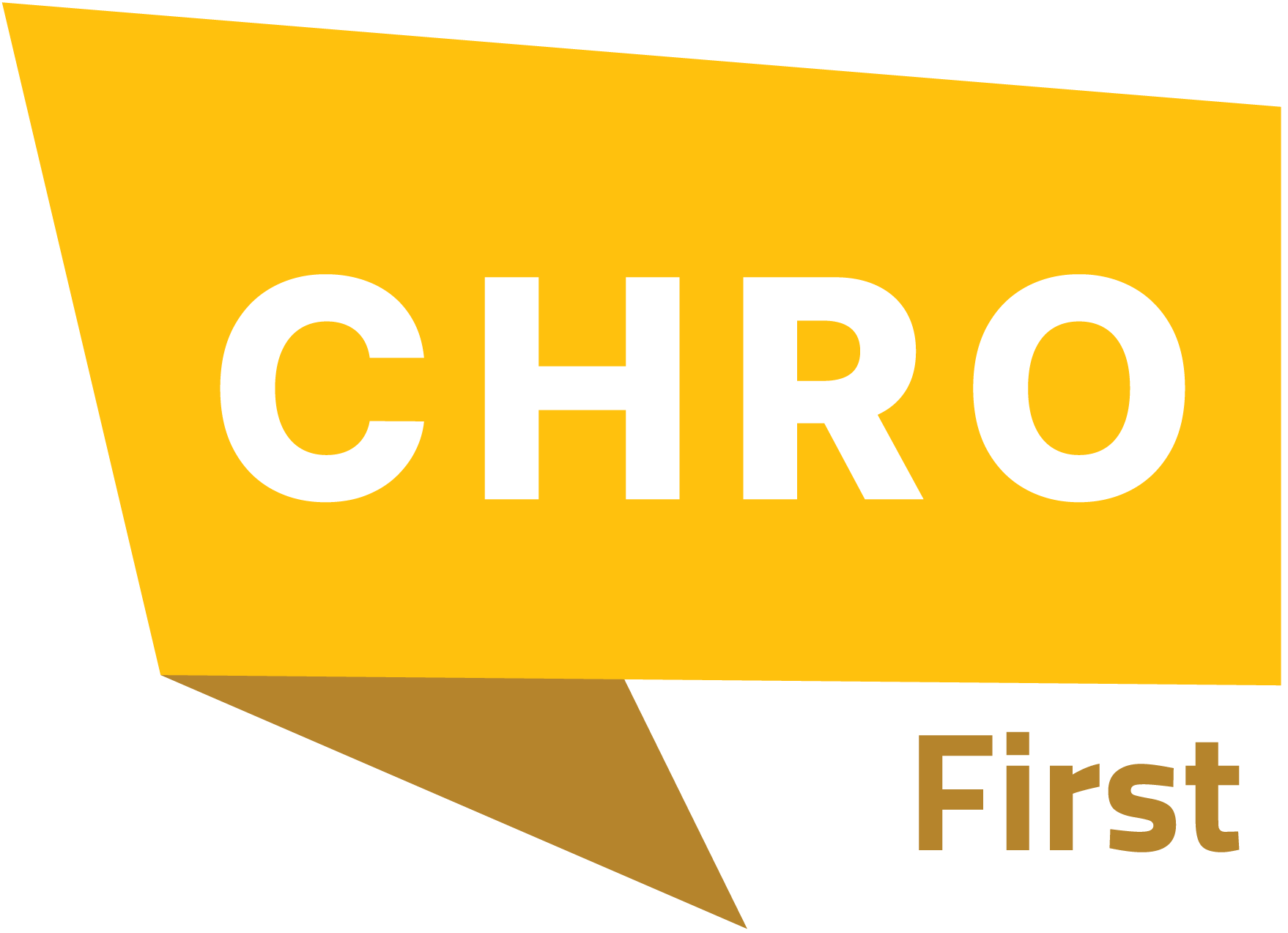Engaging in strategic planning and decision-making enhances all facets of your company, including your employees. No matter the size or nature of your organization, workforce planning is an important HR procedure that guarantees you have the personnel to carry out your business plan.
Let’s take a closer look at its definition, how it helps in achieving objectives and provides favorable results, its potential advantages, its essential steps, and its practical use.
What is Workforce Planning?
The process of assessing current employees and making plans for future staffing needs through the creation of employee management protocols, recruitment tactics, and talent gap assessments is known as workforce planning.
Your company will always be staffed with the talent, expertise, and experience needed to generate successful business outcomes if you practice good workforce strategy.
It involves creating a suitable and economical plan for hiring, training, and retaining employees as well as regularly evaluating their performance.
According to a survey conducted by the American Productivity & Quality Center (APQC), labor planning was included into business operations by 89% of 236 firms. The strategy for your employees, how it will develop in the future, and how to plan for particular objectives are unique to your company and rely on a variety of variables. Typical elements that influence this planning are as follows:
- Talent availability
- Business growth
- Age of the existing workforce
- Current knowledge/skill gaps
- And much more
Benefits of Workforce Planning

Using a talent planning approach in your company has several advantages. Below, let’s examine a few of the main benefits.
Managing Demographic Shifts
An aging workforce presents a number of difficulties. These include a lack of in-demand skills, challenges with reskilling, and mass retirements. Businesses can employ workforce strategy to get ready for this. It keeps the company prepared for the future and helps avoid future skill shortages.
Cost reduction
Talent planning lowers the expenses associated with attrition and overstaffing by assisting you in hiring the appropriate number of workers with the appropriate skills at any given moment.
Effective talent management
A workforce full of competent workers gives you a competitive edge. This may be achieved by hiring and keeping people with the necessary skills, motivation, and behaviors as well as by setting up a talent pipeline to replace the aging group of executives and senior management in an organization.
Future preparation
Organizations can prepare for an uncertain future by planning ahead. The future may bring expected changes and unexpected challenges. By predicting and preparing for these changes, companies can stay ready. One key step is to identify important roles and skills. With a plan to keep these roles filled, organizations can handle surprises more easily. This includes things like market disruptions or rapid changes in technology.
Also Read: How Generative AI Is Redefining Talent Acquisition and Workforce Experience
Key Components of Workforce Planning
Depending on the demands and industry of your company, your approach to human resource management may differ, but the main elements of the planning process are the same:
- Demand forecasting
- Supply analysis
- Gap analysis
- Action planning
Let’s examine how these components contribute to a successful planning procedure in more detail.
Workforce Planning Process

The process can be influenced by both internal and external elements, like as expansion goals and turnover rates, as well as labor market trends and technological advancements. Building a workforce that meets your business’s long-term objectives requires each stage.
Evaluating Your Present Staff
Thinking on what your present team has to offer is the first step. In order to better understand critical skills and abilities, human resources workforce planning includes evaluating job descriptions and performance reviews.
To learn more about the experience, tenure, and skill variety of your personnel, check HR data, surveys, and manager interviews.
Predicting Future Requirements
Even if you cannot forecast the future, you can anticipate your future workforce demands by constantly examining industry trends, new goods, and technological advancements. “What kind of skill will we need to get to where we want to be in three to five years?” is a question you should explore in your strategic workforce strategy.
Finding the Gaps
It’s time to identify the differences between your present and prospective labor requirements after you have a clear image of them. Are there obvious deficiencies in industry knowledge, leadership potential, or technical skills?
Examine how the gap can increase due to impending retirements, employee attrition, and shifting company goals as part of your talent planning process.
Creating Plans of Action
Prioritizing the most important disparities and establishing specific, quantifiable objectives to address them are the first steps in creating an action plan. To assist you maintain a consistent flow of potential hires, consider options including succession planning, training, and targeted recruitment.
Observation and Assessment
The process of planning workforce is ongoing rather than a one-time event. Get input from managers and staff, and keep a close eye on indicators like time-to-hire and retention rates. Be prepared to modify and improve your strategy if the plan isn’t producing the desired outcomes.
Workforce Planning Best Practices to Align with Your Business Objectives
According to a report by Upwork, by the end of 2025, 22% of American workers will work remotely. On a hybrid basis, 41% of workers work remotely. Here are some recommended practices to remember as we explore the advantages of planning a workforce may offer your company, as well as the models and tools that can aid in directing the process.
Determine your main stakeholders
Which individuals do you need to work with, recruit, or persuade to support and implement your workforce plans? HR business partners, operational leaders, finance, IT, and (if relevant) unions are frequently considered stakeholders.
Maintain skills inventory
HR personnel can use a skills inventory to skim and better understand the backgrounds, competencies, and qualifications of their employees. This approach supports skills gap analyses, which help companies in assessing recruitment, learning and development, and resource planning.
Employ data and analytics
According to a CIPD and Omni research, only 13% of businesses track the return on investment (ROI) of their hiring efforts, and less than half of firms utilize data to find skills gaps in their workforce. Making educated judgments, gaining a competitive edge, and improving your ability to plan ahead are all made possible by using data analytics to predict your future labor needs based on trends, business growth, and other factors.
Identify your vital roles
Start by figuring out which jobs in your company are the most important. These are the roles that will have the biggest impact on your company’s future success. Look closely at what makes someone good at these jobs. Think about the skills, experience, knowledge, personal qualities, and qualifications they need. Then ask: Are there people in your company who could be trained for these roles? Also, consider how easy or hard it would be to hire new people for them from outside the company.
Examine external workforce trends
Watch what’s happening in the job market. Look for changes in needed skills, worker availability, and population trends. This can help you guess what kind of employees you’ll need in the future. To stay informed, read blogs and online journals, join industry groups, and subscribe to helpful newsletters.
Create a talent pipeline
A talent pipeline is a group of qualified candidates you can consider for future job openings. It helps you fill roles quickly when the need arises. Always seek out fresh talent to maintain a robust pipeline. Remain involved with those who possess the abilities, disposition, and aptitude to be successful in your organization. Additionally, you can expand your talent pool by collaborating with training programs and educational institutions. Internally, you can set up development programs to train and prepare future employees.
Investigate agile workforce planning
This method is intended to be a continual resource planning exercise rather than a one-time HR task. To put it another way, personnel planning turns into a cycle that includes reviewing company strategy and objectives, conducting gap analyses, carrying out the workforce plan, and tracking and improving its results. This strategy works well for bigger companies with leaders, stakeholders, and an established HR department that have the means to continuously plan their staff.
Case Study
PwC worked with a client that had unclear workforce demand and supply data, with disparate data from multiple sources and spreadsheets and tools being used independently by separate teams. A new people strategy that encompassed every facet of the employee journey was to be developed and implemented.
To do this, PwC developed and applied strategic workforce planning concepts across the organization, turning them into directing ‘touchstones’ for stakeholders. The company also created a special SWP modeling system to integrate and unify the various data sources.
The team made it possible for executives to make evidence-based decisions on recruiting, talent development, and restructuring by using an SWP decision-making framework. They created SWP plans and studies that looked at potential labor shortages over a five-year period and offered solutions.
To Sum Up
In today’s rapidly changing environment, matching personnel planning with corporate goals is not just a wise decision, but also a strategic requirement. Businesses can ensure that the appropriate individuals are in the right positions at the right times. They must align their talent strategy with their overarching company objectives in order to achieve this. The team becomes more adaptable and productive as a result of this alignment. Additionally, it develops a robust workforce capable of tackling upcoming obstacles.
Recall that departmental cooperation, ongoing data-driven insights, and an optimistic outlook are necessary for successful alignment. Plans for the workforce must change along with corporate needs. When implemented properly, personnel planning transforms into a potent tool for long-term growth and competitive advantage, going beyond simple recruiting.

